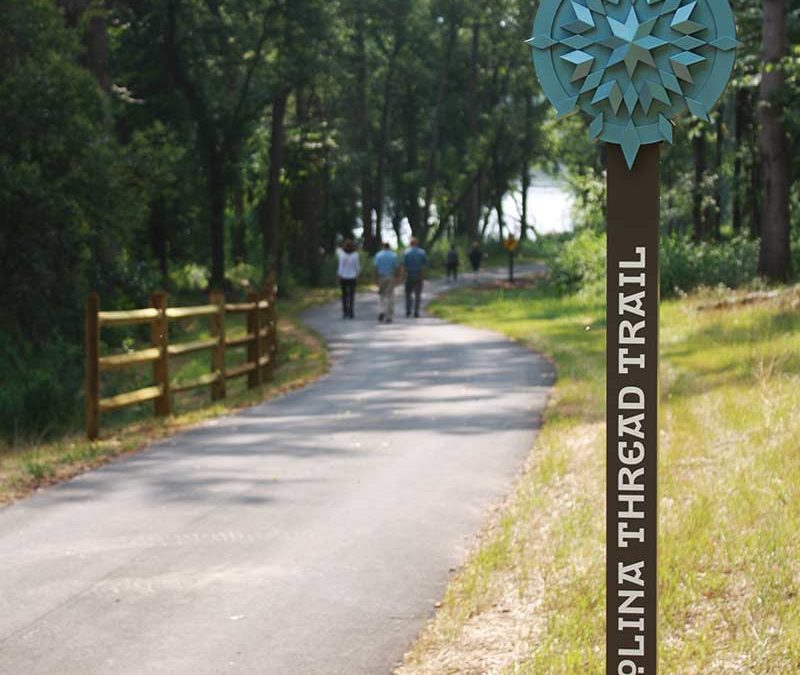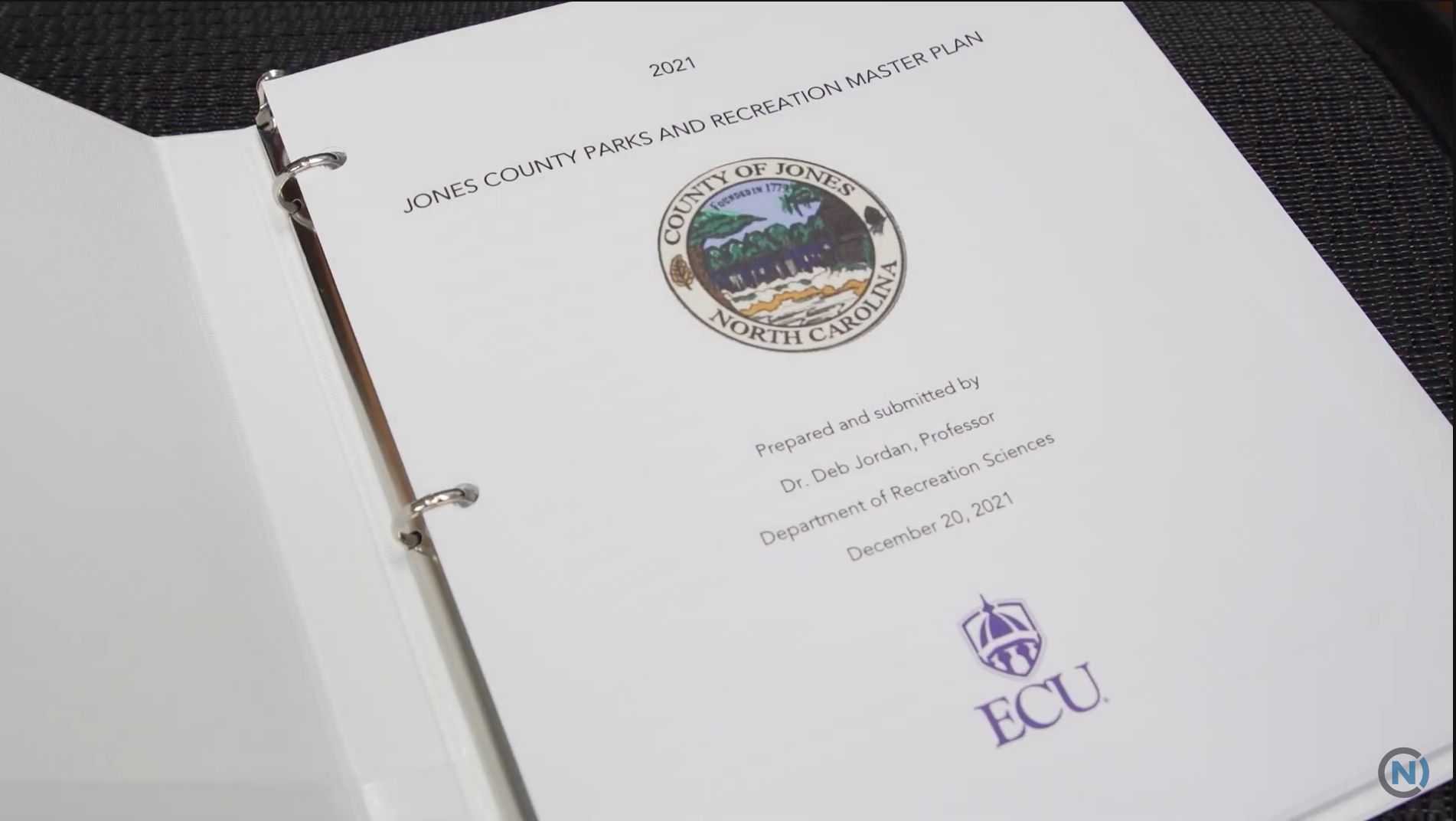Conserving the Landscape in the Face of Growth Blog
People are increasingly choosing where they live based on the quality of life they can experience, and green spaces are seen as essential components of that quality of life. Collaboration between communities is also emphasized to align with a master plan and connect with each other.

The Problem
Housing, roads, and other infrastructure often replace farms, forests, and natural lands vital to the state’s economy and the well-being of its residents. Indeed, more than 2 million acres of natural lands in North Carolina have a high probability of development in the next 30 years. Some see this as a challenge to their conservation efforts. However, the next generation of North Carolinians is investing in land conservation to protect the state’s natural resources. High school student, Amarion Singletary, is passionate about learning the value of conserving natural resources amid growing development. Singletary and other students aim to pursue careers in protecting the state’s natural resources. Singletary believes that housing and conservation can coexist if development is carefully planned and natural habitats for animals are not destroyed. Singletary is optimistic that his generation will find the right balance between development and conservation, especially after working with other students who share his passion. He believes that educating and involving more people from different backgrounds in conservation efforts is crucial to a better future that balances development with conservation.
The Solution
Communities across North Carolina are finding creative ways to expand natural assets. For example, Jones County is creating green space by repurposing an old school building into a destination park with the support of a comprehensive study conducted by East Carolina University. The 25-acre school site was flooded during Hurricane Florence in 2018 and has since been left abandoned, but the county hopes to transform it into a park with walking trails, playgrounds, picnic areas, and multi-use sports fields. The county plans to involve the community in the process to ensure the new park meets its needs and desires. The project represents a shift in focus towards preserving and utilizing green space rather than constructing new buildings that may be destroyed during future hurricanes or storms. By repurposing the old school site, Jones County is creating a space for future generations to gather and participate in recreational programs while preserving a site important to the county’s history.
Conserving green space is important, especially in eastern North Carolina, where poverty is above the state average and high-quality open space is limited. Jones County leaders hope that repurposing the school site will provide citizens with valuable space for recreation and bring the community together. The county worked with leaders from the ECU Department of Recreation Sciences and spent a year doing research to create the Jones County Parks and Recreation master plan. As a part of the plan, the county plans to demolish part of the school building and renovate the rest to create the county’s first-ever wellness and recreation center.
The Players
Leaders in Lincolnton are seeking to revitalize its downtown area to attract visitors and improve the quality of life for residents. They collaborated with the Carolina Thread Trail, a network of trails and greenways across 15 counties spanning 300 miles, to create a destination for leisure and entertainment. The initiative aims to expand the trail network to 1,600 miles while ensuring careful stewardship to reduce erosion and protect species along the trail.
The Lincolnton initiative is expected to draw visitors of all ages who will explore the downtown area and enjoy a variety of leisure activities such as walking, dining, shopping, and attending events at the cultural center. Plans are also underway to build an amphitheater and recreation area downtown on the trail, thanks to input from high school students. The initiative is seen as a marriage of progress and nature that will benefit the community and its visitors.

The Promise
The Carolina Thread Trail initiative reflects a planning trend among communities to prioritize green spaces and habitat protection as factors that make them livable and draw visitors. People are increasingly choosing where they live based on the quality of life they can experience, and green spaces are seen as essential components of that quality of life. Collaboration between communities is also emphasized to align with a master plan and connect with each other.


